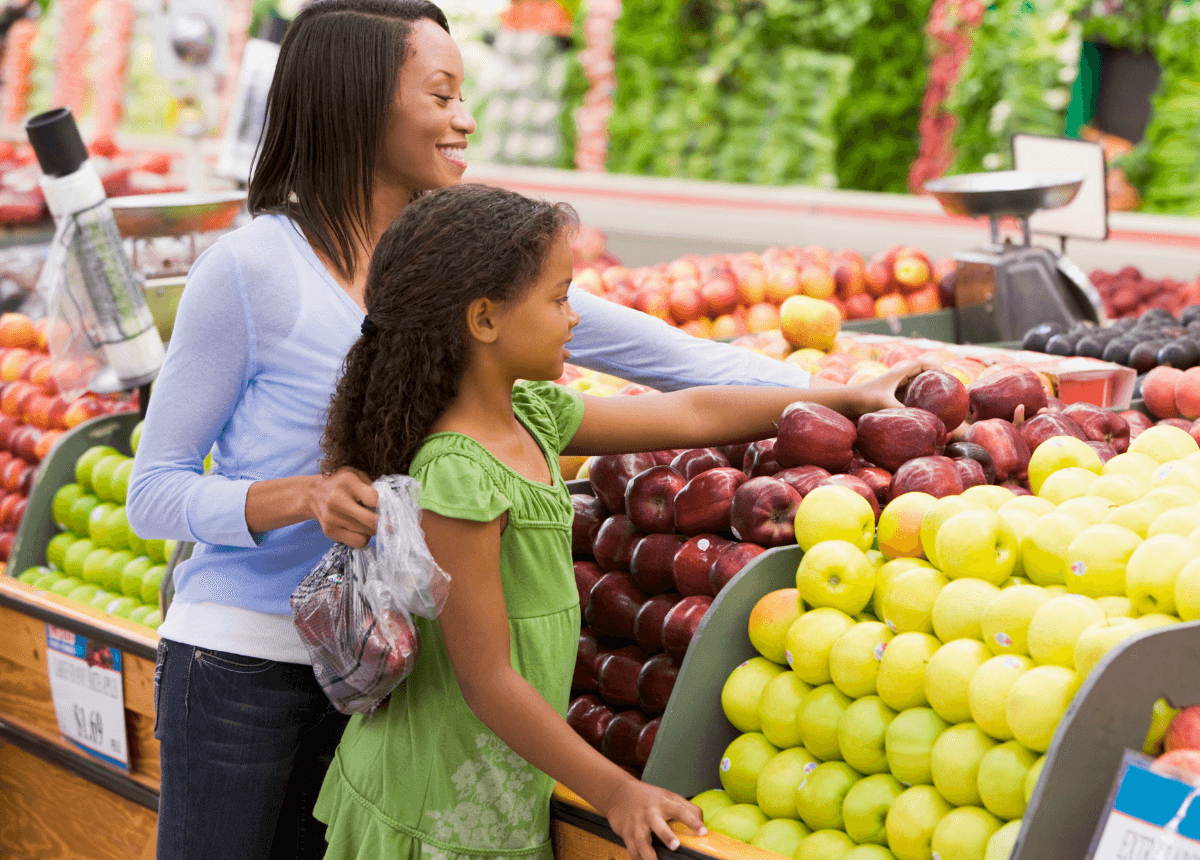The New Shopper: Changes to Grocery Shopping Behaviors Post-Pandemic
Grocery Pedro Ramos
Pedro Ramos

Before the COVID-19 pandemic, grocery shopping kept to a familiar pattern, which meant that shopping behavior was fairly predictable. During the pandemic, that familiarity went out the window as the pandemic brought unprecedented disruption to the world of food retailers and the lives of millions across the world. As things start to settle down, shoppers will likely sink into new patterns. But will the future of grocery shopping look the same as before the pandemic? Unlikely. Recent research indicates that shoppers are changing how, where, and how often they shop for groceries.
When the pandemic first became a national emergency in March, food retail revenue increased more than 25% from the previous month. Even as people settled into quarantine in April, grocery sales saw a sustained increase of 10% compared to pre-COVID levels. As shoppers rushed to stock up before and in the initial days of lockdown, they exceeded their typical weekly household budgets by an average of 33% according to a recent FMI Foundation study.
How Often They Shop
Before coronavirus, shoppers were happily splitting their total grocery budget up over several stores. In fact, the average shopper visited 5 stores in any given month for their various shopping needs. It isn’t rare to see shoppers buying produce and vegetables at one store, going into a warehouse or discount grocery to buy center store products, and capping off their grocery shopping trip with a department store for general merchandise. During the pandemic, shoppers have prioritized one-stop-shopability in an attempt to limit exposure to the virus.
Where They Shop
As shoppers visited fewer stores, they also changed where they shop. 78% of shoppers surveyed by FMI reported that they’ve changed where they shop for food. Further investigation shows, 15% of shoppers are avoiding stores where they typically shop, 11% changed the store they shop at most often, 10% are shopping at different types of stores, and another 10% have stopped going to stores.
This surge in grocery sales also reversed long-standing food buying trends that saw shoppers turning more and more to food service and less to grocers for their needs. During the pandemic when restaurants were forced to close or rely entirely on takeout and/or delivery, their share of overall food retail spending dropped from about 50% to roughly 35%, returning to levels not seen in nearly 30 years.
Who Does the (In-Store) Shopping
The person or persons doing the shopping has also changed for many households. The FMI study revealed that 36% of consumers polled have made a change in who shops for food because of COVID-19. Among the changes, 24% said just one person now shops for groceries versus two or more people previously, while 11% report that someone outside the household, such as a relative or friend, makes the shopping trip. Three percent said a different person in their household now does the food shopping.
How they Shop
Shoppers have also changed how they shop for food. 89% of FMI survey respondents said that they shop differently because of COVID-19. Changes include a 44% increase in spending on each visit, a 32% decrease on time spent at the grocery store, a 25% narrowing of the range of items purchased, and a 16% increase on online spending.
When shopping in-store, people are more likely to adopt a functional, planned, and direct approach to their visit as opposed to exploring and making purchasing decisions in the aisle.
But the biggest change to how people shop has been the unmistakable uptick in online and third-party grocery shopping. There had already been an upward trend in online grocery purchases, but the need for social distancing has led shoppers to avoid trips to the store and increasingly turn to digital channels to select and pay for their food while collecting their goods through delivery or curbside pickup. According to FMI, online grocery sales have likely doubled as a result of the COVID-19 pandemic, with almost half of all Americans having shopped online for grocery-type items during lockdowns.
The Future will be Increasingly Online and In-Bulk
The sudden and dramatic increase in online grocery ordering is, in all likelihood, the biggest indicator of what a post COVID-19 grocery shopper will look like. Historically, first-time online grocery buyers have had a high probability of adopting that method of shopping permanently. While some who shopped online during the pandemic will undoubtedly revert back to the familiarity of in-store shopping, there will likely be a decent percentage of shoppers that take advantage of digital channels for grocery delivery and/or curbside pickup.
The frequency of in-store shopping trips and where shoppers turn to shop will also likely remain changed, if not forever than for a while post-pandemic. The tried-and-true rhythm of big shop, small supplemental shop, small supplemental shop, small supplemental shop, has been replaced with one bulk buying trip, perhaps supplemented by smaller online orders. Because of this, shoppers will need to shop at stores that carry a wider variety of products and continue to limit their visits to specialty stores.
Another thing to consider when looking to the future is that younger generations have now, for the first time, been introduced to stock-up and buy-in-bulk shopping. Millennial and Gen Z consumers grew up and have come of age in the era of online shopping, often with same day shipping. As these younger generations continue to become the primary household shoppers, they’re unlikely to forget searching high and low for toilet paper and cleaning supplies in the early days of the pandemic.
Related Articles

Getting to Know the Online and Third-Party Grocery Customer
While the vast majority of grocery shoppers still prefer to buy in store, the Food Marketing Institute estimates that online ....png)
How to Minimize Produce Shrink: 3 Sources Every Grocer Should Monitor
Grocery stores constantly experience inventory shrinkage, or shrink, and produce shrink in particular is one of the most vexi...
The Staggering Impact of Grocery Shrink and How to Fight Back
Every retailer deals with shrink – product loss from various sources like theft and damage. But unlike clothing or electronic...Subscribe to our blog
Receive free educational resources like exclusive reports, webinars, and industry thought leadership articles straight to your inbox.

